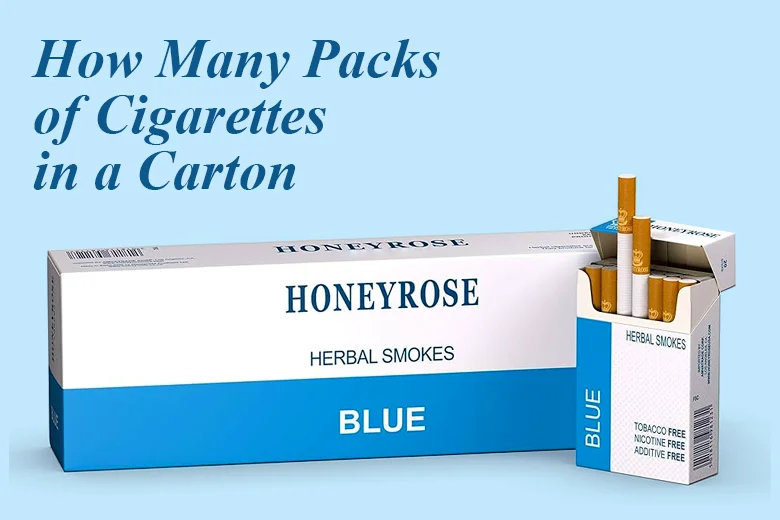Varnish is one of the most common finishes used in the printing and packaging world. It adds a smooth layer over the printed surface to protect the ink and give it a desired look. Whether it is a glossy shine or a soft matte touch, varnish can completely change how a printed piece feels and looks. It also helps improve durability by keeping the print safe from fingerprints, scratches, and fading.
What is Varnish in Printing?
Varnish is a clear liquid coating applied to printed materials. It is made from a mix of resin, oil, and other additives that dry on the paper to create a thin transparent layer. Printers use varnish to protect the surface and enhance its appearance. It can be used on magazines, packaging boxes, catalogs, and many other paper-based products. Varnish can be printed on the entire surface or only on specific areas to highlight certain design elements.
Types of Varnish in Printing
There are different types of varnish based on the finish and shine they give. The three most common ones are gloss varnish, matte varnish, and satin varnish. Each type creates a different visual and tactile effect. The choice depends on the design goal and the product type.
Gloss Varnish
Gloss varnish gives a shiny and reflective surface. It makes colors look brighter and more vibrant. This finish works best when you want to make images or logos stand out. It also helps resist dirt and moisture better than other finishes. However, it can create glare under strong light, which may make text harder to read in some cases. Gloss varnish is often used for brochures, magazine covers, and product packaging that need a high-quality shine.
Matte Varnish
Matte varnish creates a smooth surface with a soft non-shiny look. It reduces glare and gives a more elegant and natural appearance. This type of varnish is popular for luxury packaging, art books, and printed materials where a refined look is preferred. It also feels pleasant to touch and makes reading easier. Matte varnish may show marks or scratches more easily than gloss, so it is best used when durability is not the main concern.
Satin Varnish
Satin varnish falls between gloss and matte. It offers a soft sheen that gives prints a balanced look. It provides moderate shine without being too glossy and maintains some of the vibrancy of colors. This finish is a good choice for brands that want a premium look but do not want full gloss. It is commonly used for product boxes, postcards, and promotional materials.
How Varnish Applied on Printed Material?
Varnish is applied on the printing press, usually after the ink is printed. Printers can apply it over the entire sheet, known as flood varnish, or on selected parts, known as spot varnish. Spot varnish is often used to highlight logos, images, or special areas. After application, the varnish dries through air or heat depending on the type used. The process adds only a small amount of time to the printing job but makes a big difference in appearance and protection.
Benefits of Varnish in Printing
Varnish provides both visual and functional benefits. It improves how the print looks and performs. Here are some key advantages:
- Protection: Shields the printed surface from scratches, smudges, and fingerprints
- Improved Appearance: Makes colors look richer and more professional
- Smooth Texture: Adds a pleasant touch and refined feel to printed materials
- Longer Life: Helps printed items last longer by reducing wear and tear
- Cost Effective: Less expensive than coatings like lamination or UV
- Custom Look: Can be adjusted for gloss, matte, or satin effects
- Spot Effect Option: Lets you highlight specific design areas for extra visual appeal
Varnish and Other Coating
In printing, varnish is one of several coating options. Other popular ones are aqueous coating, UV coating, and lamination. Each has its own qualities, price, and level of protection. Understanding how varnish compares to these options helps in choosing the right finish for each project.
Varnish vs Aqueous Coating
Aqueous coating is a water-based coating that dries quickly and gives good protection. It is more environmentally friendly and has less odor. Compared to varnish, aqueous coating provides stronger resistance to wear and fingerprints. However, varnish offers more control over gloss levels and can be applied more precisely as a spot coating. Aqueous coatings are often used for large-volume printing, while varnish suits smaller or more detailed work.
Varnish vs UV Coating
UV coating is cured instantly using ultraviolet light, giving a hard and extremely glossy surface. It is very durable and resistant to scratches. Varnish, on the other hand, is softer and gives a more natural look. UV coating can sometimes feel plastic-like, while varnish keeps the paper texture more visible. UV coating is ideal for heavy-duty packaging and covers that need extra shine and protection. Varnish is better for subtle or elegant designs where texture and softness matter.
Varnish vs Lamination
Lamination is a process where a thin plastic film is applied over the paper. It offers the highest level of protection and water resistance. However, lamination is more expensive and can make recycling difficult. Varnish is a lighter option that still improves durability and appearance but keeps the material easier to recycle. If the goal is premium protection, lamination is the right choice. If the goal is to enhance the look without heavy cost or plastic, varnish is the better option.
Is Varnish Sustainable/Eco-Friendly?
Modern varnishes have become more eco-friendly. Many are formulated with fewer volatile organic compounds and safer resins. Since varnish adds only a thin coating, it generally does not affect recyclability as much as plastic films do. Printers are also moving toward water-based varnishes that are safer for both workers and the environment. Choosing varnish over lamination can help reduce plastic waste while still providing good protection.
Conclusion
Varnish is a simple yet powerful way to improve the look and durability of printed materials. It protects the surface, enhances colors, and adds a professional finish. With options like gloss, matte, and satin, designers can create different visual effects to match the brand style. Compared to other coatings, varnish offers a good balance between cost, appearance, and sustainability. It remains a popular and versatile choice in the printing and packaging industry.

 Aminah Zaheer
Aminah Zaheer
















.webp)


















